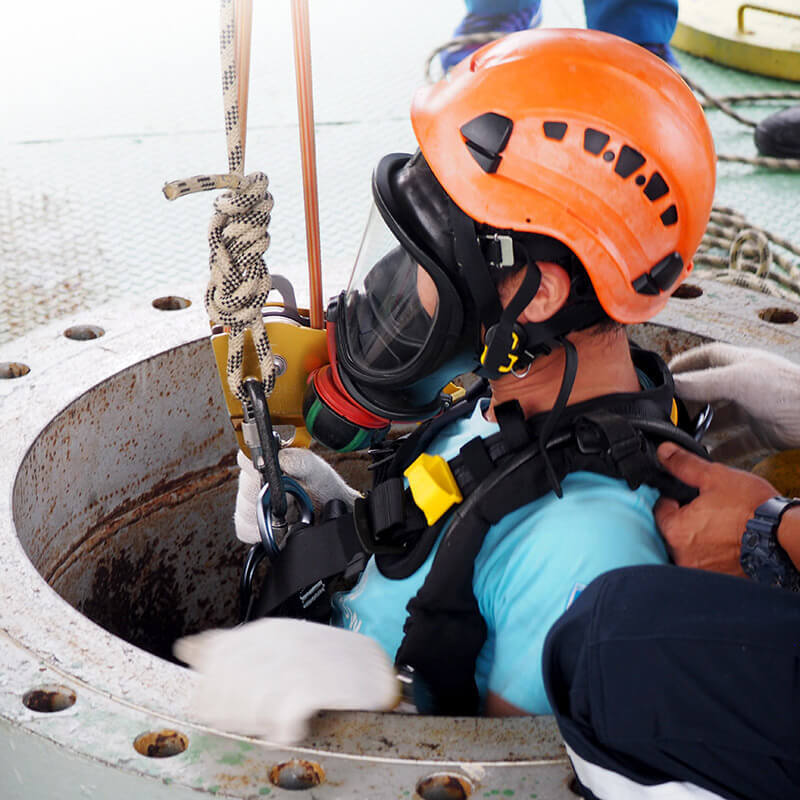What’s the Best Material for Rigging?
Dec 18th 2025
A practical guide to selecting slings, wire rope, and rigging hardware for safer lifts, fewer headaches, and better long-term value.
Quick answer:
There isn’t one “best” rigging material for every job. The right choice depends on the load, the lift method, the environment, and the connection points. Below is a fast, field-friendly way to pick the safest option.
Table of contents
How to choose the right rigging material
Wire rope slings: abrasion resistance & everyday…
What Is the 10-Foot Rule for Rigging?
Dec 15th 2025
A practical safety concept for keeping people out of the highest-risk zone near suspended loads—plus what to inspect, what to document, and which rigging gear matters most.
Important clarification
The “10-foot rule” is commonly used as a site safety control (a rule of thumb) to reduce exposure around suspended loads. It should be treated as a best-practice exclusion zone that supports your lift plan, training, and inspection program—not as a single universal regulation…
What Are the Different Types of Climbing Ropes?
Dec 11th 2025
A climbing rope is more than a piece of gear – it’s a critical safety system that protects lives and loads. Whether you’re climbing rock, working in the canopy, or accessing structures at height, choosing the right type of rope is essential for safety, efficiency, and comfort.
In this guide, we’ll walk through the main types of climbing ropes you’ll encounter: single, half, and twin ropes for technical climbing, along with static kernmantle lines and arborist-specif…
What Type of Rope Is Best for Climbing?
Dec 9th 2025
Choosing the right climbing rope isn’t just a matter of preference – it’s a core safety decision. The rope you clip into determines how hard a fall feels, how smoothly you handle the line all day, and how confidently you can move on the wall, in the mountains, or in the canopy.
In this guide, we’ll walk through the key rope types, when to use dynamic vs. static lines, how diameter and length affect performance, and how to match a rope to the way you climb. We’ll als…
What Are the Two Types of Kernmantle Rope?
Nov 25th 2025
Kernmantle ropes are a core safety component in climbing, rescue, and industrial work at height. With their unique dual-core construction—combining a durable sheath and a high-strength core—they provide unmatched reliability when lives and loads are on the line. But did you know that not all kernmantle ropes are the same? Understanding the two main types—dynamic and static—is essential to choosing the right rope for your task.
Understanding Kernmantle Rope Construction…






